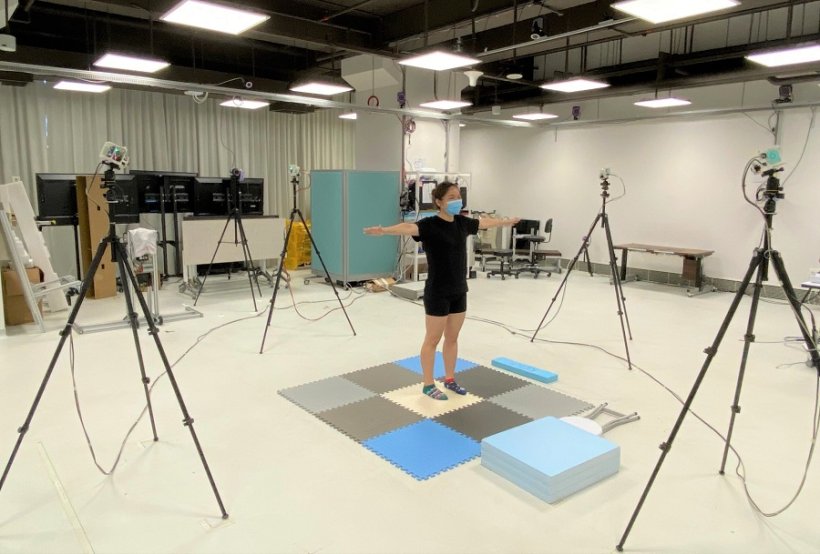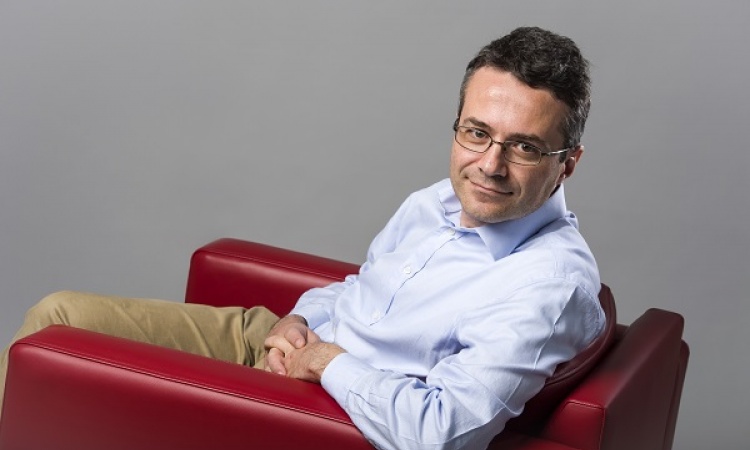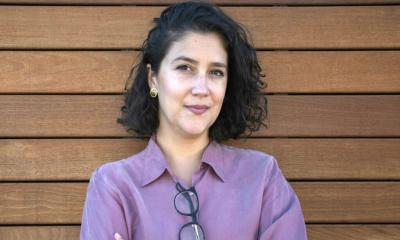
Credit: Nanyang Technological University
News • Gait analysis
Precise motion capture system to aid in physiotherapy
Researchers at Nanyang Technological University, Singapore (NTU Singapore) have developed a motion capture technology called Precise Marker-less, which would aid doctors and physiotherapists in their consultations and diagnoses for patients in need of rehabilitation after an injury or recovering from an illness.
Through capturing and analyzing the movements of over 150 subjects with machine learning, the technology has been shown to be more accurate than marker-less motion capture (mocap) systems available in the market, being able to provide 3D anatomical bone landmark locations with an accuracy of 10 to 15 millimeters, which is about the width of an adult's little finger.
Precise Marker-less has already received interest from The Posture Lab, a company that offers sports massage and physiotherapy and JM Vistec System, a Singapore-based imaging solutions firm. The research team is also in the process of filing for a patent with NTUitive, NTU's innovation and enterprise company.
Traditionally, to capture human motion, most mocap labs use a marker-based system. By attaching reflective markers to a subject's body, cameras reconstruct the movement in 3D by observing the movements of the markers.
However, these physical markers are preventing the system from being applied in many healthcare and commercial settings, as their use is time-consuming and requires a well-trained person to attach markers to the subject. Those markers also do not capture the human subject's most natural movements, as the subjects must be careful not to knock the markers out of place.
Precise Marker-less eliminates the need for these markers, as it has "learned" where the markers would be placed through machine learning.
Recommended article

News • Intelligent algorithms
The gait lab for the pocket – app-based fall prevention
Every day, elderly people fall – be it at home or in care facilities. Med-tech start-up Lindera developed an app that allows motion analysis via a smartphone camera to minimize the risk of falling.
Compared to conventional mocap labs that involve a lengthy setup process with technicians and a physiotherapist, the NTU-developed tech would allow patients to start consultations within minutes. As it streamlines the analysis of subjects' movements by cutting out marker placement and manual data post-processing, consultations would also take an hour less on average, say the researchers.
The NTU-developed technology presents an improved tool to help in the care of Singapore's aging population, reflecting NTU's commitment to using research and innovation to respond to the needs and challenges of healthy living and aging, which is one of four humanity's grand challenges that the University seeks to address through its NTU 2025 strategic plan.
Precise Marker-less was developed by a team of researchers, engineers, and data specialists at the Rehabilitation Research Institute of Singapore (RRIS). RRIS was founded in 2016 by NTU Singapore, the Agency for Science, Technology and Research (A*STAR) and the National Healthcare Group (NHG).
RRIS aims to develop data-driven and patient-centric health solutions to prioritize the quality of care for Singapore's rapidly aging population, which is vulnerable to immobilizing diseases and disabilities like stroke and knee osteoarthritis.
Dr. Prayook Jatesiktat, Research Fellow at RRIS, who led the development of Precise Marker-less, said: "Our tool could be applied by professionals in several fields. For example, doctors and therapists could potentially use it to objectively analyze their patients' movements. The technology could also benefit athletes and coaches, as it gives them access to an easy-to-use motion capture system to assess their sports-related actions. Animators could also use our technology to drive their characters' movements."
Providing an independent assessment of the technology's clinical use, Dr. Tan Shu Yun, a family physician and a Senior Consultant at National Healthcare Group Polyclinics, said: "The technology can be potentially deployed in clinics, hospitals and community rehabilitation centers to provide objective assessments of various pathologies, especially those related to movement disorders."
Providing an industry perspective, Mr. Eugene Goh, Managing Director of JM VisTec System, said: "Without the need for markers, we foresee good potential in the marketability and commercial value of this innovation. Moreover, its high analysis accuracy would definitely be its unique selling proposition."
Simple setup
The RRIS team requires a simple setup of two to four cameras, a computer, as well as a calibration kit, which is used to process the data derived from analyzing the subject's movements. This would make it ideal for industry-based settings, requiring little time and space to be used after it is fully calibrated and adjusted.
The team attributes their technology's precision to its cache of data, which includes over ten million images of subjects' movements, which as of March 2022, translates to 16 terabytes of data.
Associate Professor Ang Wei Tech, Executive Director of RRIS, who supervised the project's development, said: "To sharpen the precision of such a model, we harnessed the power of machine learning to train a computation model to predict the location of markers on video footage of a moving subject. The technology developed by our team complements the precision rehabilitation research at RRIS, which harnesses data analytics and computer simulations to enable the translation of such research work to the actual clinical practice." Assoc. Prof. Ang is also from NTU's School of Mechanical and Aerospace Engineering.
Currently, Dr. Jatesiktat and his team are continuing tests on their Precise Marker-less technology at RRIS' labs, based in the NTU Singapore campus, and at the Clinical Sciences Building in NTU's Novena LKCMedicine campus. The researchers aim to further support the analysis and treatment of a wider range of physical movements and installation environments.
Source: Nanyang Technological University
06.04.2022











